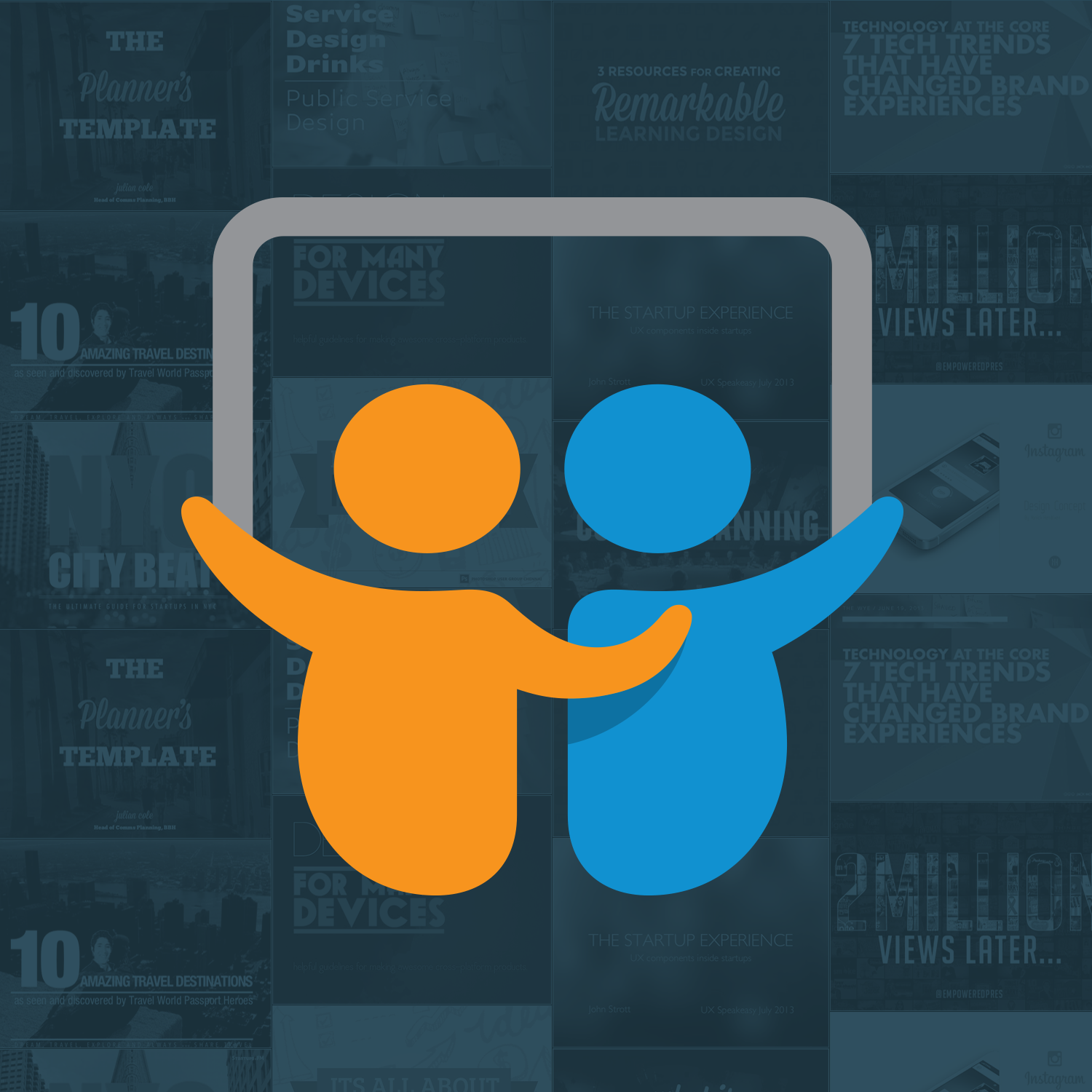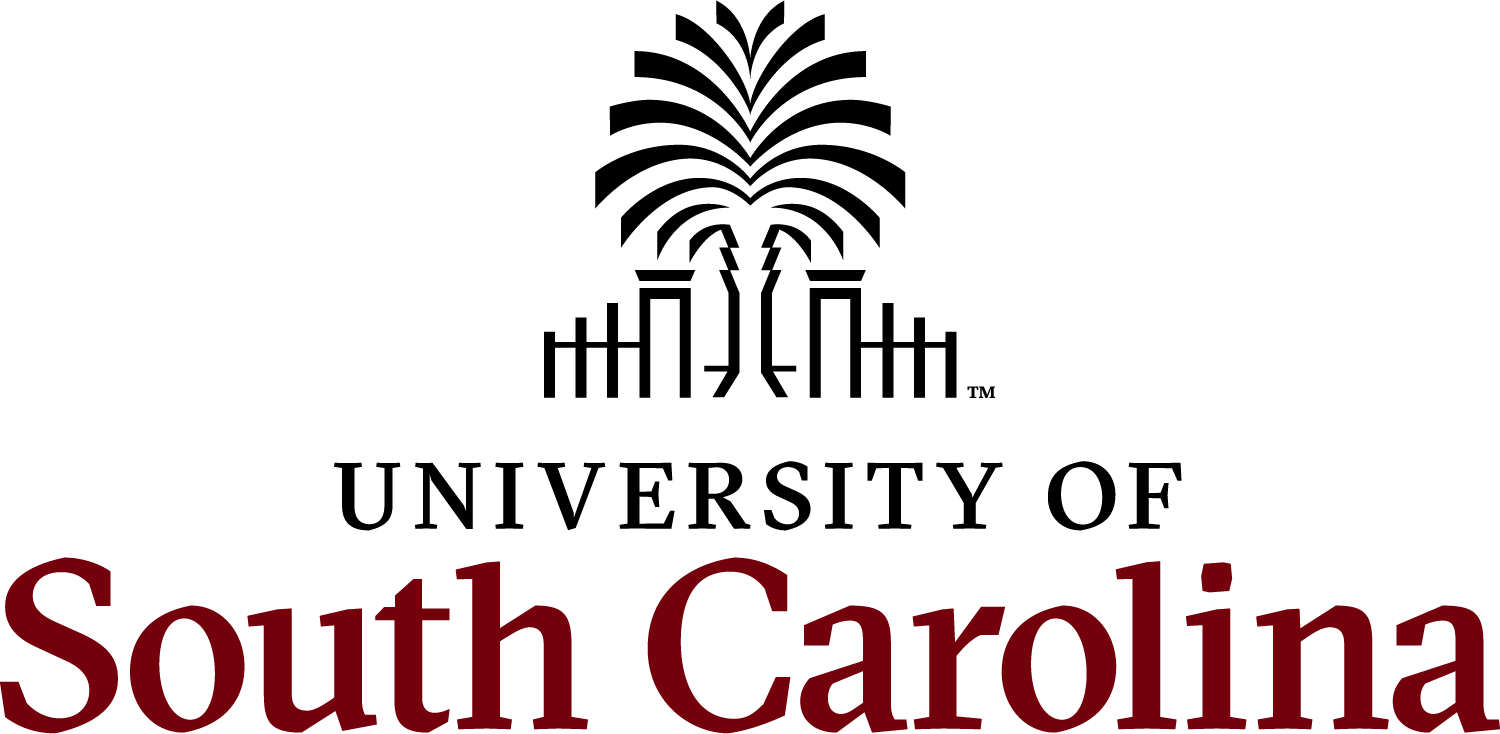|
Impact
Commercialization
|
From ideas and research to real-world: applications, deployed systems, and commercial products/services.
In most of my activities, I seek to traverse the entire innovation cycle. This may start with conceiving ideas while walking and brainstorming with students or partners, then lead to a series of activities that typically involve:
-
Bringing resources (which usually takes the form of writing proposals);
-
Leading and supervising efforts involving training, team building and prototype building;
-
Understanding users and customers, or partners in our interdisciplinary research;
-
System building (which often lends itself to an open source tool(s) and datasets, licensed technologies and patents, operationally deployed
applications and software, or commercial products and services).
Below is a brief, incomplete list of some of my activities that have gone from industry or academic research to the real world. I would be remiss not to point out that these activities are almost always a team effort. When in industry, I had colleagues, and in academia, I have my graduate students. I have attempted to point out some of the key contributors and partners, but my memory may not be perfect as I look back over two decades (co-authors of cited publication indicate more contributors).
|
Name/Years
|
Brief Technical Description
(Key Collaborator and/or Contributor)
|
Real-World Use (Key Contributor)
|
More Information: Publications and/or Presentations (Representative)
|
|
Twitris:
2009-Present
|
Twitris - a System for Collective Social Intelligence
Demo
|
Commercial version completed in Dec. 2013; Licensed to set up Cognovi Labs in Oct. 2016- received two rounds of funding.
|
One patent published.
Publications, also demos and extensive media coverage.
|
|
ezCAC, ezCDI, ezFIND:
2010-Present
|
A Semantic Clinical Natural Language Understanding Engine being developed as part of collaborative research project funded by ezDI at Kno.e.sis.
|
ezCAC released at AHIMA 2013
|
Paper: BIBM12
|
|
Scooner:
2008-2011
|
Ontology/background knowledge support Semantic Browsing of Biomedical Literature with focus on human performance and cognition (C. Thomas, R. Kavuluru).
|
Near production quality tool deployed at Air Force Research Lab's Human Performance Directorate for biologists doing research in human performance and cognition.
|
Paper: SIGHIT12
Demo
|
|
VideoAnywhere, Taalee Semantic Search Engine, Taalee
MediaAnywhere, Voquette SCORE, Semagix FREEDOM: 1998-2006
|
In an industry funded project, VideoAnywhere set out to become a set-top based manager of videos on local systems, interactive TV and broadband/Web (Clemens Bertram).
In Java-based implementation, semantic technology (domain model associated metadata) was the key differentiator.
As broadband content on grew, we developed MediaAnywhere, a semantic-faceted search engine which exploited domain specific
ontologies with automatically aggregated background knowledge and disambiguated (somewhat similarly to GKB) with automatic semantic
annotation of textual and media content.
Search was followed by semantic browsing, connecting the dots and more focused application build over semantic technology.
More details:
System and method for creating a semantic web and its applications in browsing, searching, profiling, personalization and advertising, 2000-2001).
Taalee was the first VC funded software/internet company in Athens and surrounding region, and paid $6+ million in payroll and other direct economic activities in the economy of Athens, GA before the company was acquired and moved to Atlanta, GA.
|
Licensed VideoAnywhere to found VC funded Taalee (1999). We initially developed the MediaAnywhere Faceted Semantic Search Engine for broadband content on Web during 1999-2001.
Example customers: Voquette, Redband Broadcasting).
Upon merger with Voquette (2002), we developed SCORE, a semantic web application development platform and digital content delivery platform.
Also developed apps like Passenger Threat Assessment; customers include a pharmaceutical company and NASA).
Upon merger with Semagix (2004), we develop FREEDOM, and focused on selling vertical industry applications, with biggest success in deploying Know Your Customer (KYC) in a majority of world's top 30 financial institutions.
I left Semagix after its acquisition by Fortent in 2006; it is now Actimize: some original Taalee employees and apps like KYC were still employees as of 2012.
Roles: Taalee: Founder, COB, CEO; Voquette: Co-founder, Exec.VP; Semagix: SrVP-all R&D, later Chief Scientist.
|
Product/System papers: IC02, SEE02
Application papers: CIKM02, IASW05, SAI06
Presentations: 2000 Keynote, 2001 Keynote, 2003 Keynote
(Probably the first keynotes on SW and also on commercial SW products and/or services.)
|
|
ASEMR:
2005-Present
|
Active Semantic Electronic Medical Record (ASEMR) combined Semantic Web technology (three ontologies, rules, services architecture) with among the earliest fully Web based EMR system in a totally paperless clinical system. It was one of the three initial use cases for W3C SW HCLS in 2005.
|
ASEMR was deployed at Athens Heart Center and its partners in Jan 2006 as one of the earliest operational Semantic Web applications and it remains in 24x7 operation as of 2012.
|
Paper: ISWC06
Demo, video, OpenClinical, SWLS, LSDIS
|
|
Pediatric Echo:
2000-2003
|
Due to issues of cost, personnel, and availability of qualified individuals, echocardiography has not been used to its full potential, especially in rural areas.
Working with the pediatric echochardiologists at the Medical College of Georiga, I led development of the first of its kind system described as the "Low-Cost Web-Based Tool for Pediatric Echocardiographic Consultation."
|
Used in blind trials by pediatric echochardiologists to compare against traditional store-and-forward method (in which a rural clinic sends a tape by overnight mail).
Trial successfully proved that the Web based system provided statistically equivalent or better results (at much lower cost, with
higher convenience and speed).
|
Paper (that reports the evaluation): Clinical Pediatrics 2003
|
|
Course Approval Process Automation (CAPA):
1997-1999
|
METEOR2's graphical workflow designer and WebWork technology was the basis of CAPA.
|
Course Approval Process Automation system was completed and deployed for use on UGA campus by any faculty or staff involved in proposing new courses or changes to the courses, and processing and approval of the proposals.
In first quarter of use, approximately 6,000 courses were processed.
My lab developed and maintained the system for the first year; now has been transferred to the VPAA's office.
CAPA system has been operational since 1997.
|
|
|
CareWeb:
1996-1988
|
An unintended outgrowth of collaboration that began as part of NIST's Healthcare Information Integration Technology initiative.
Funded by the Georgia Division of Family and Children Services.
Involved early adoption of Web technologies for this field.
|
CareWeb, a Web resource developed in collaboration with Medical College of Georgia to support health information and education needs of under-served populations.
|
|
|
InfoHarness:
1993-2000
|
InfoHarNess was very early in adding metadata to heterogeneous data (documents of different formats, source code, etc.).
Supported browser-based Web search (i.e., attributed-based or faceted search) of annotated Web accessible and Intranet documents.
Its 1993, 1994 implementation used Mozilla (Leon Skylar; later Leon lead development of GeoHarNess).
|
InfoHarNess was commercialized as AdaptX/Harness in 1995 (Kshitij Shah).
Remained available until 2000 and was used in Baby Bells.
My biggest commercialization-related disappointment was the failure in convincing Bellcore business managers to target Web search market rather than limiting it to telecom apps.
|
InfoHarness early system: WWW2004, CAiSE95; Commercial version: IC99.
|
|
METEOR:
1990-1994
METEOR2:
1995-1999
|
METEOR was among the earliest multiparadigm (supporting transaction and nontransaction/user tasks) workflow management system (WfMS) (Krishnakumar).
METEOR2 used emerging middleware and Web technologies resulting in two implementations: (1) WebWork (John Miller), one of the earliest web-based WfMS, and (2) ORBWork (Krys Kochut), one of the earliest CORBA-based truly distributed workflow management systems.
Note: METEOR2 was followed by a semantic Web Services version, but did not have commercial applications: 2002-2006).
|
METEOR, developed at Bellcore, had internal technology exchange/transfer with a product team (for the workflow component) and was also used in significant application like Child Immunization Tracking; work continued at UGA.
METEOR2 was used to start up and was licensed by Infocosm Inc.
Infocosm created commercial version termed METEOR Enterprise Application System (EAppS), which was sold to Bellcore, MCC, and Boeing.
EAppS was used in building applications such as Neonatal Clinical Pathways.
|
METEOR theory: VLDB93, METEOR system: DAPD95, METEOR app: VLDB96, DAPD03
METEOR2 ORBWork Research: JDB96, InfoSys97; ORBWork commercial: CompStr99; WebWork: JIIS98
|
|
BERDI:
1989-1992
|
BERDI was a practical, graphical schema integration tool.
Followed the earlier "academic" prototype that was probably the first
schema integration tool developed in US
Benefited from rapidly developing graphical interface technologies.
|
Used internally in Bellcore to integrate schemas associated with large legacy applications, some of which were transitioning from
IMS to RDB technology.
|
Bellcore-TR
|
Below is a partial list providing basic background regarding some other prototypes/systems related to those mentioned above. These items, however, did not find major commercial or real-world applications but rather had implications primarily for in-lab applications:
-
VisualHarness/ZEBRA (1996-2000, UGA): reincarnated InfoHarness for integrated keyword, attribute, and content (e.g. image-related content features like
color, structure, composition, and texture) of text and images. Used image processing engine from Virage Inc. (Ramesh Jain, Bradley Horowitz).
-
OBSERVER (1994-1998, UGA):
-
InfoQuilt (1998-2002, UGA):
-
CaTCH (Collaborative TeleConsulting for Health)
-
GradWeb (1996-2000, UGA): a system which overhauls the graduate school's information systems to provide a completely Web-based
environment for use by staff and administrators within the graduate school and all interacting departments, as well as by graduate applicants and current
students. Application materials are available electronically and applications can be submitted electronically.
Also see Open Source for tools and data sets, and standards activities.
|







